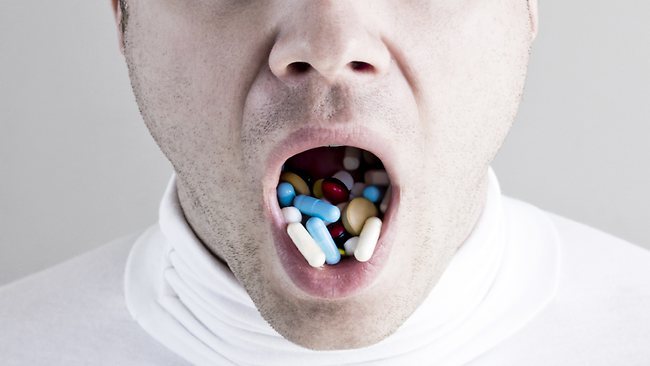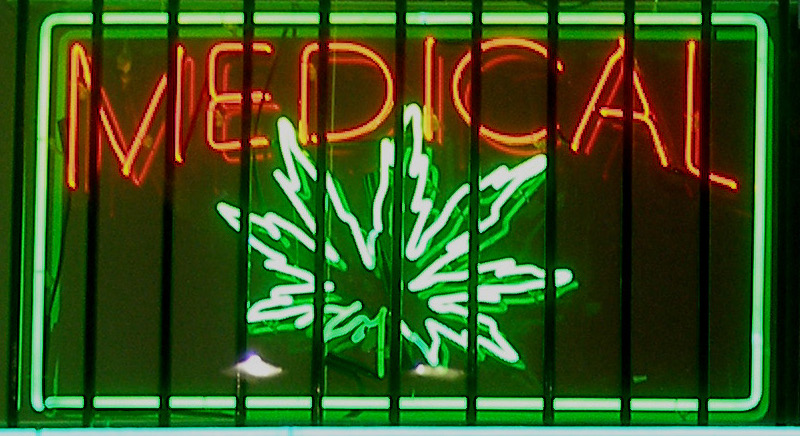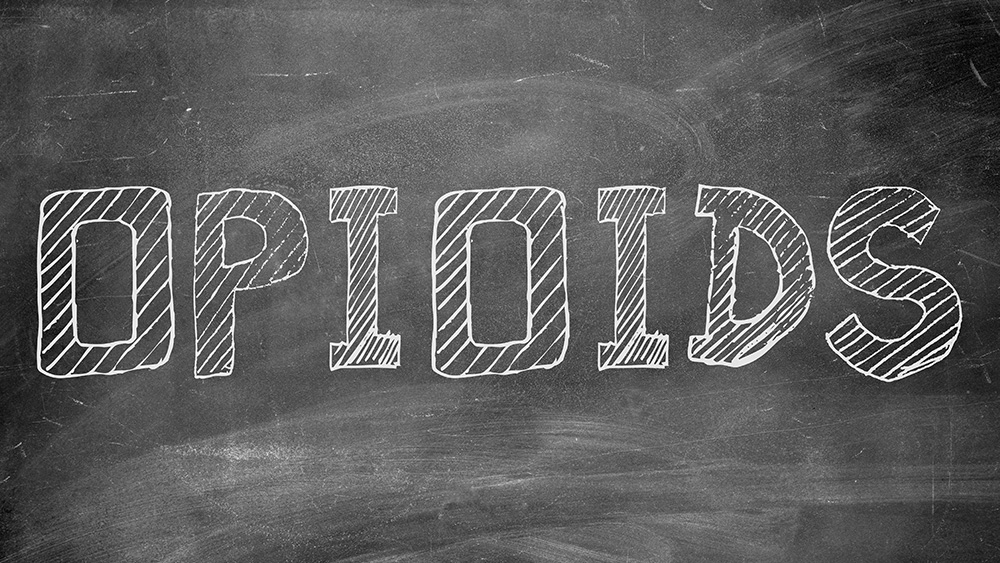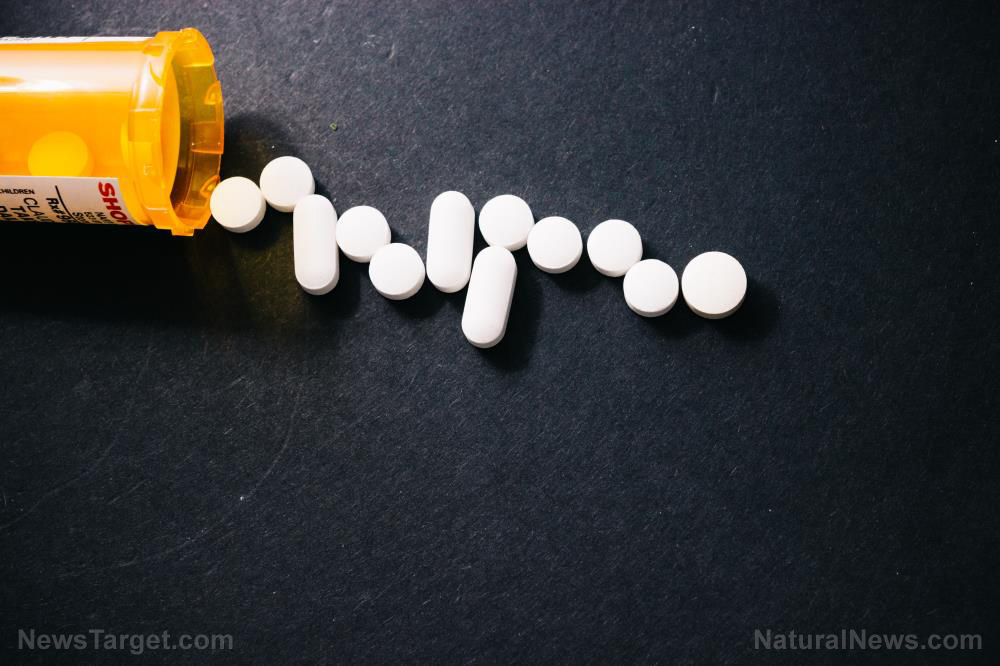Didn’t they take an oath not to do harm? Opioids are coming from doctor’s offices, not the ER
01/29/2018 / By Ralph Flores

A new study from the University of Southern Califonia has uncovered a disturbing trend in the opioid distribution: While state legislature and hospitals have implemented more stringent measures in prescribing opioids, physicians’ offices have continued the practice, increasing the rate of prescription by more than four times.
The report, which was published in the Annals of Emergency Medicine, also revealed that total opioid prescribing in the U.S. had shot up by 471 percent in the last decade — of which 83 percent were office-based prescriptions. The study also noted the dip in prescriptions from emergency departments (EDs): In 1996, 7.4 percent of total prescriptions were from EDs; however, this was reduced to 4.4 percent in 2012.
“One hypothesis has been that the emergency room is a recurrent site of care and that patients could be going from ER to ER to obtain multiple prescriptions to support their addiction,” lead author Dr. Sarah Axeen explained. “But our analysis shows that emergency rooms account for a very small share of all prescribed opioids. In fact, doctor’s offices are the source of many more of these drugs.”
The study comes in the middle of an “opioid overdose crisis.” As of January 2018, the National Institute of Drug Abuse notes that opioid overdose accounts for at least 90 deaths each day.
In the past, emergency departments in the U.S. were singled out as one of the contributing factors in the “oligoanalgesia” epidemic, wherein prescription opioid pain relievers were doled out by health specialists at an alarming rate. The situation was fueled mainly by the lack of understanding and management of acute pain at the time; however, a big factor in this was the push from big pharmaceutical companies to position opioids as non-addictive substances. As a result, cases of opioid misuse, abuse, and deaths have ballooned in the last 15 years. “This has led to significant efforts to curb opioid prescribing,” the authors wrote in the study. (Related: Opioid epidemic reaches whole new crisis level as Big Pharma drugs out America for profit.)
For the study, the team conducted a retrospective analysis of the Medical Expenditure Panel Survey (MEPS), a large-scale survey that collects data on health services for both individuals and their medical providers, from 1996 to 2012. Primary data that was gathered in the MEPS included the total quantity of the prescription, the rate of receipt of high-dose prescriptions, and the rate of receipt of chronic prescriptions — where rate of receipt is defined as the frequency a prescription is issued. Researchers defined “chronic” prescriptions as those that were refilled more than six times a year.
The results revealed that 13 percent of patient-years (a statistic used in clinical studies of risk) were given opioid prescriptions — their average age was 48.2 years, and 39.9 percent were men.
The number of prescriptions given jumped by 471 percent from 1996 to 2012. To compare, around 9.4 billion milligrams of morphine equivalents of opioids were prescribed in 1996 — a far cry from the 60.2 billion milligrams of morphine equivalents prescribed in 2012. While there were increases in the rate of receipt for one time, refill, and chronic prescriptions, much of this were done in “office settings.” In comparison, ED prescription rates decreased by three percent, from 7.4 in 1996 to 4.4 in 2012.
According to Dr. Michael Menchine, a co-author of the study, doctors and health professionals are now starting to realize the impact of their contributions to the epidemic. “From the 1990s to at least 2013, we had convinced ourselves that prescribing opioids was a fine thing to do” for patients in chronic pain, Menchine explained. “It is hard to look in the mirror years later and say two million people might be dependent on opioids because of this sort of practice.”
Through the study, the authors believe that policies and regulations will shift from EDs to “other places in the system.” Follow more news on opioid abuse and addiction at Opioids.news.
Sources include
Tagged Under: addiction, dangerous drugs, doctors, drug addiction, office prescriptions, Opioid, opioid prescriptions, Opioids, painkillers
RECENT NEWS & ARTICLES
COPYRIGHT © 2017 ADDICTION NEWS




















